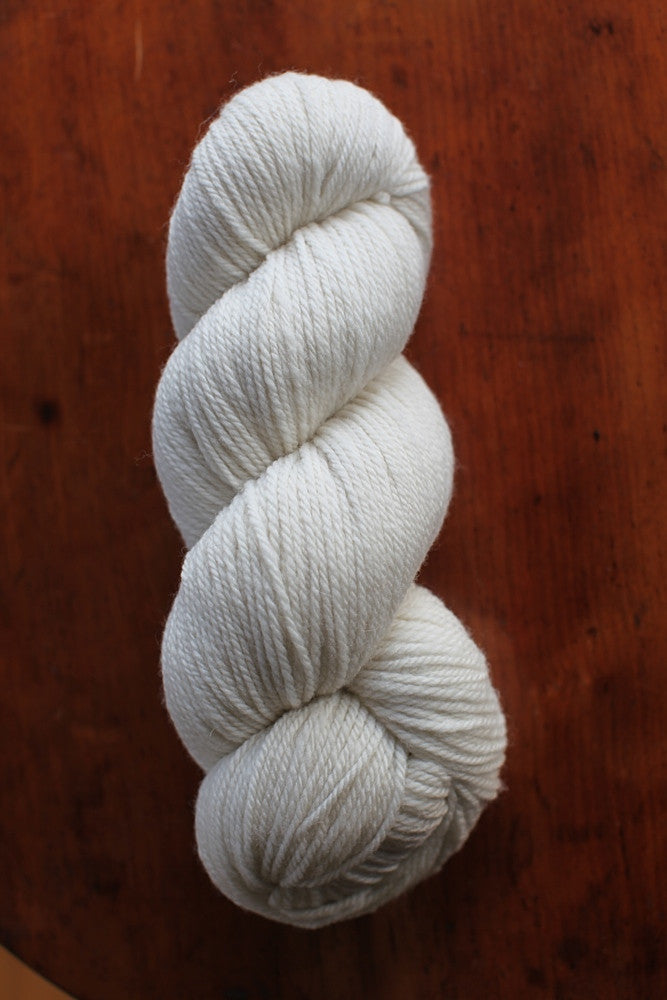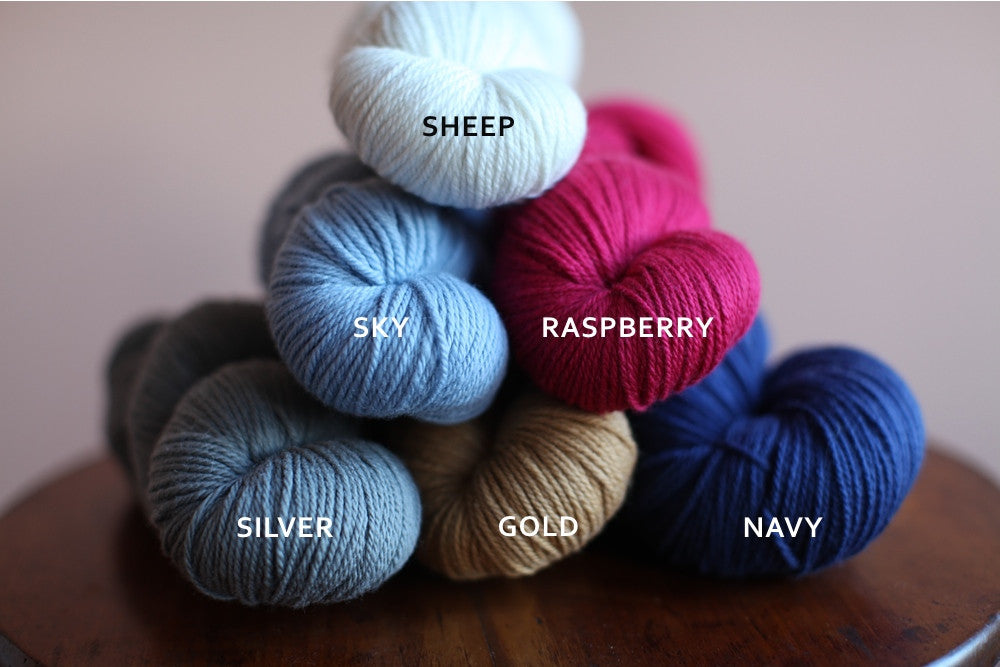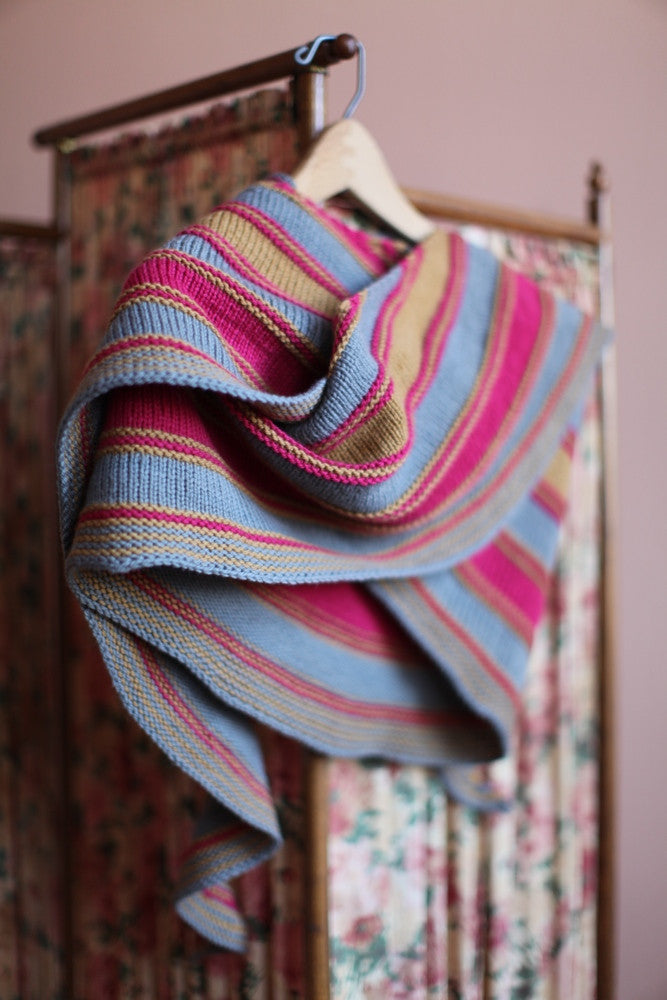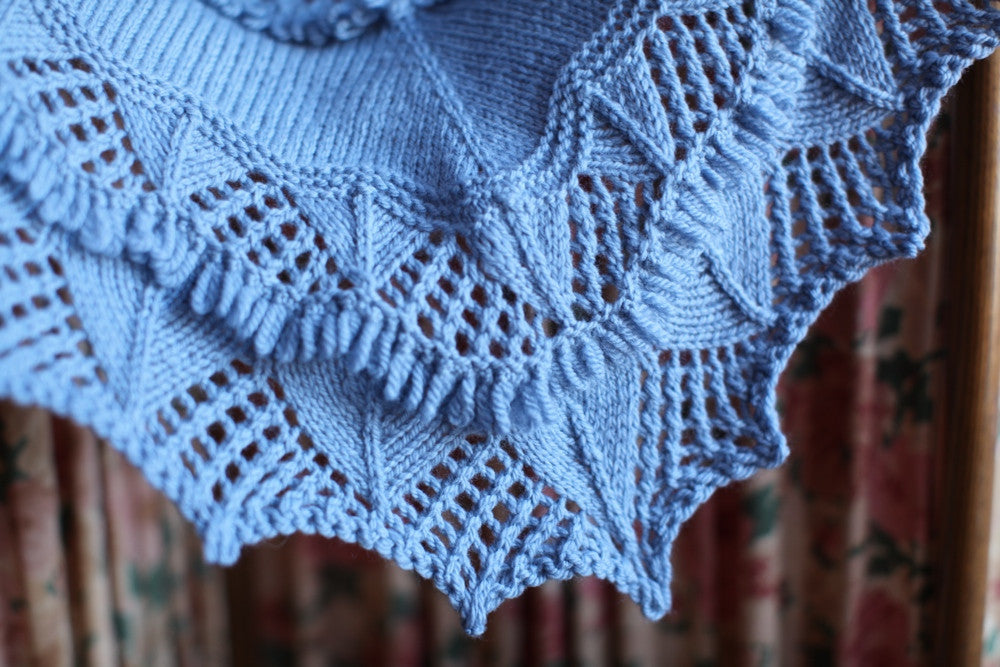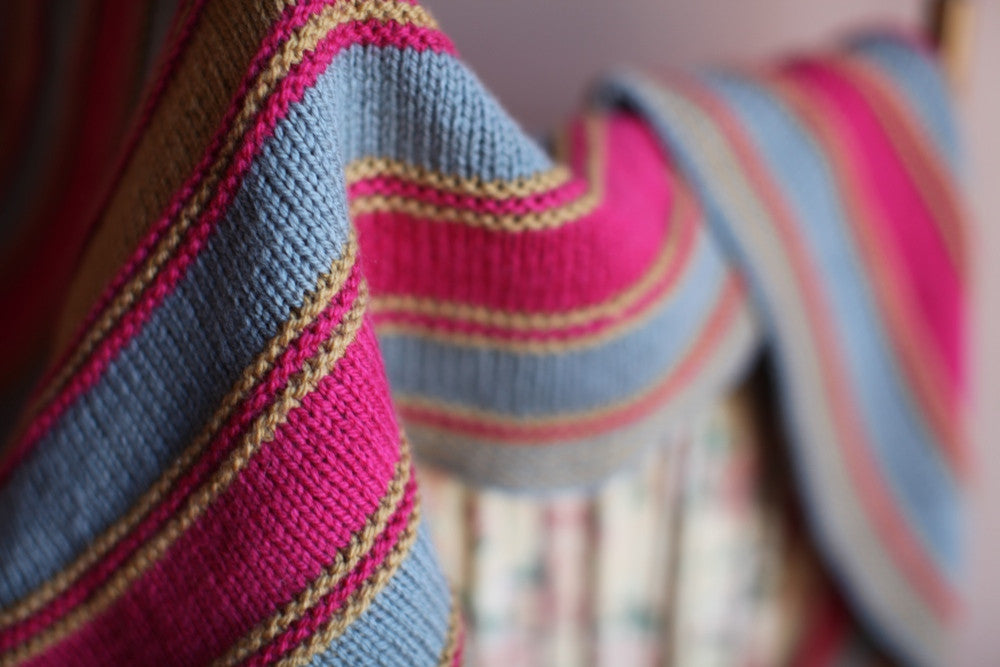Cormo 2.0
$ 28.00
How I've been waiting to pop open this second bale of American Cormo. I bought it last spring from my wool mentor Elsa Hallowell, but I needed a little more ground under my feet before I could use up these fibers, since, as my grandma always used to say, when they're gone, they're gone.
Cormo 1.0 was a thick spaghetti of a yarn with four healthy plies twisted together tightly for strength and cohesion. With Cormo 2.0, I wanted to relax the twist and go finer. Not so fine that you'd be using 0000 needles, but fine enough to create a tender, more nuanced sweater fabric with a touch more flow and drape.
The yarn's rounded construction renders a full, steady stockinette with a hint of wabi-sabi wobble. It loves garter stitch and positively purrs in any kind of textured knit/purl patterning. The roundedness with slight halo makes Cormo 2.0 well-suited for colorwork, while it also renders a stockinette-heavy lace patterns with almost architectural precision.
In addition to a pure off-the-sheep's-back white (called Sheep), this initial offering features five colors dyed by the Saco River Dyehouse in Biddeford, Maine. The colors are mostly solid but with a hint of variegation designed to mimic a hand-dyed look. Gold has the most potential variegation in the bunch. If you're knitting a large garment where these color shifts may be tricky, be sure to knit from two different skeins, alternating every other row.
As with its 1.0 predecessor, Cormo 2.0 won't reveal its final secret until you cast off that last stitch and drop your fabric into a warm soapy bath. The bloom on the finished fabric surface is, in a word, breathtaking.
Quick Facts
Gauge: This tender, three-ply, combed American Cormo yarn has a secret. While its gauge needs to stay tight for sweaters--in the 6 stitch-per-inch range--it doesn't mind being relaxed on larger needles for low-wear projects like shawls and cowls. Generally speaking, expect a range of 4.5 to 6 stitches per inch (or even more, if you're so inclined) on US 4-6 (3.5-4mm) needles. It performs equally well on blunt and pointy needles, slick and grabby alike. Choose the ones that feel right in your hands.
Put-up: 268 yards (245m)
Skein weight: 94g (Note that the skein weight varies slightly though the yardage does not. I'm guessing this is a factor of Cormo's crazy jumbled crimp, which is very difficult to manage on the spinning frame unless you're an Australian mill that's been doing it for years.)
Source: Wool from purebred American Cormo sheep raised in Montana. Scoured at Bollman's in San Angelo, Texas. Combed, spun, and twisted at Kraemer Yarns in Nazareth, Pennsylvania. Skeined, scoured, dyed, and transformed into the skeins you see here at Saco River Dyehouse in Biddeford, Maine.
Read more about the making of Clara Yarn Cormo 2.0 in Knitter's Review.
Project Ideas
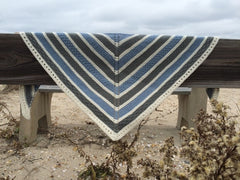 Our friend Jane Cochran was inspired to create a sweet triangle shawl you could work in one solid color or a series of stripes as you wish. Called North Sea, It wears like a shawl or a kerchief. It tucks in or wraps around and, as Jane notes in the pattern, "is just enough to take the winter chill away." Best of all, it makes a perfect gift for the holidays. She used Sheep, Sky, and Silver for the sample here.
Our friend Jane Cochran was inspired to create a sweet triangle shawl you could work in one solid color or a series of stripes as you wish. Called North Sea, It wears like a shawl or a kerchief. It tucks in or wraps around and, as Jane notes in the pattern, "is just enough to take the winter chill away." Best of all, it makes a perfect gift for the holidays. She used Sheep, Sky, and Silver for the sample here.
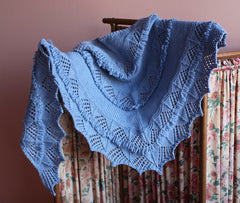 Meanwhile, Susan was inspired to make a Frida loop-knit triangle shawl. This was designed by Hiroku Fukatsu and originally conceived for Brooklyn Tweed's woolen-spun Loft. Here it's shown in Sky. She used a US 5 needle.
Meanwhile, Susan was inspired to make a Frida loop-knit triangle shawl. This was designed by Hiroku Fukatsu and originally conceived for Brooklyn Tweed's woolen-spun Loft. Here it's shown in Sky. She used a US 5 needle.
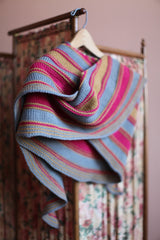 Last but not least, Nutmeg Owl dedicated her needles to prove my theory that Cormo 2.0 would make a stunning Puck (by Boo-Kits), which it did. Should you want to re-create this sample, she worked Silver for Color A, Gold for Color B, and Raspberry for Color C. She used the pattern suggestion to add a yarn-over inside the first edge stitch for more flexibility around the neck edge.
Last but not least, Nutmeg Owl dedicated her needles to prove my theory that Cormo 2.0 would make a stunning Puck (by Boo-Kits), which it did. Should you want to re-create this sample, she worked Silver for Color A, Gold for Color B, and Raspberry for Color C. She used the pattern suggestion to add a yarn-over inside the first edge stitch for more flexibility around the neck edge.
She worked the chart sequence as follows: A B C D E B C D E F (We added an extra repeat of Chart E to use maximum yardage.)
An adventurous knitter could easily add more striping to Chart F, but in so doing, might be required to bind off in a different color than Color A. The recommended suspended bind-off, important to maintain the rounded bottom of the shawl, eats a significant quantity of yarn.
She had just 3.5g of A, 15g of B, and 24g of C left over when she finished.


